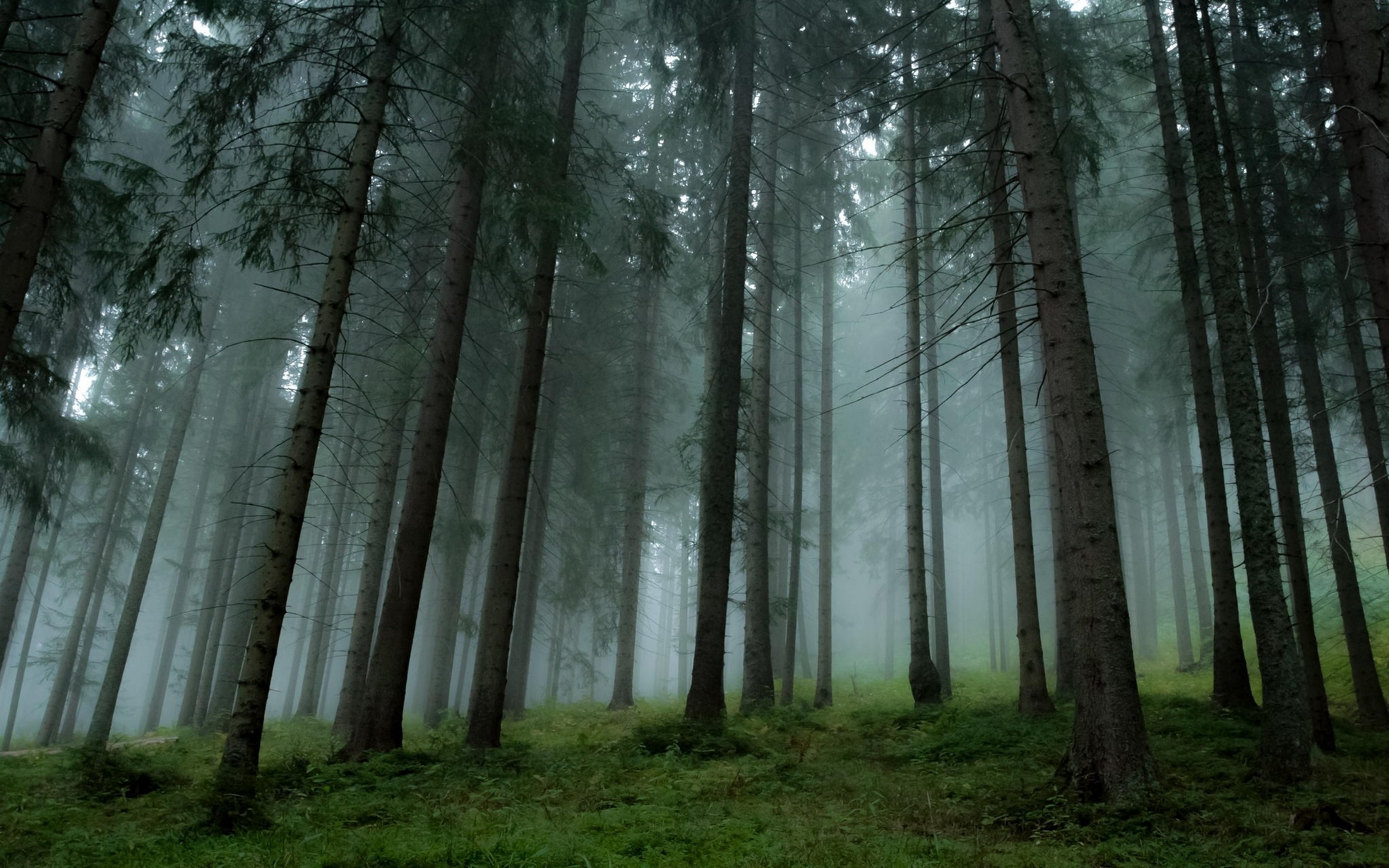Canadian researcher Suzanne Simard doesn’t perceive a forest as merely a collection of trees, but rather as a society connected by fungal threads. “It has a lot of similarities with our brains.”
Whenever she meets with her uncles, great-uncles and grandfathers, Suzanne Simard suddenly becomes aware of the fact that she is still in the possession of all of her fingers – and both ears. Her family has been working in the forestry business in the vast forests of Canadian British Columbia, where they went up into the mountains with their horses to cut down a few trees a week. “My grandfather has been hit by a branch of a falling tree that cut off his ear. And with all of those chains and saws, everyone was deemed to lose a finger, or at least a piece of it.”
The forest is in Suzanne Simard’s blood. She has seen small-scale, manual forestry turn into a ruthless mechanized industry that doesn’t only cut down trees, but destroys the entirety of the forest with it. As a scientist – she is a professor at the Department of Forest & Conservation Sciences at the University of British Columbia – she tries to make the forestry industry, science and the public understand that a forest is more than just a collection of individual trees. “A forest is a society of trees that are all in connection with each other, that communicate and help one another.” Science magazine Nature entitled her in 1997 as the inventor of the Wood Wide Web.
At the age of 60, Simard wrote a book for a wider audience for the first time. In ‘Finding the Mother Tree: Uncovering the Wisdom and Intelligence of the Forest’ she skillfully intertwines her own life story with her often controversial scientific discoveries. When we spoke with her online, she was at her home in Vancouver.
How did you come to the discovery that trees are connected with each other?
“I observed this for the first time as a little girl, when our dog Jiggs fell into the hole under our privy. The hole was deep, they had to widen the gap with axes and pickaxes in order to get him out. In that cross-section of earth I noticed all kinds of threads and networks of different colours running through the soil. A new world opened up for me. Thanks to poor Jiggs. He survived, by the way.
Simard went to work for a commercial logger, but soon felt disgusted by their destructive practices. “They cut down everything on a certain plot, which is called the clear cut, they poison the non-lucrative trees, and replant small trees that are unable to grow in such wasteland. In the eyes of these companies the other trees are competitors to their cash crop.” Simard thinks that this competitive style of thinking goes back to Darwin and his survival of the fittest. “During that period of time capitalism was on the rise – which had a political influence on the interpretation of his work. But Darwin himself really paid attention to animals and plants that knew to survive due to cooperation.
How do trees communicate with each other?
"They obtain water and nutrients through underground networks of fungal thread that are kilometers long. The fungi receive sugars in return, which trees are able to create from water and sunlight generated through photosynthesis. These widely branched subterranean threads are also able to transmit chemical signals, when there is an incoming threat from insects for example. In this network the large trees which can be hundreds of years old, the mother trees, form the junctions."
You are speaking of a society of trees, calling them intelligent. Don’t you think you are assigning them too many human characteristics?
“I have discovered patterns in nature that are very similar to neural networks in our own brains. Trees don’t have brains of course, but they do possess highly developed systems to exchange substances and information. We tend to be so focused on our own species that leads us to think that we alone are able to be intelligent.
She looks to the forests in a holistic way, she says: it’s an ecosystem where everything is involved with everything. “I think that women perceive things this way more than men do. When I was working in industrial forestry, I was the only woman – and very young too. My research was pushed aside easily, also because my ideas went firmly against their business model. It was difficult to receive funding for research. I took the criticism so personally, that I decided to shift my focus on something else for five years. But when I went to work at the university, I was able to pick up my research on the life of trees again.” In the meantime the Wood Wide Web has become a known concept, but her work still provokes resistance, even within her own university.
Are you an activist?
“I struggle with this. I am a scientist, but most science gets ignored when it doesn’t reach the politics of the day. I see forests disappearing while the government isn’t anticipating on this at all. This is a critical moment. We are losing the forests that purify our water and store CO2, our climate is changing. I have written about two hundred scientific articles, but now the time has come to reach the masses. If I don’t stand up know, when will I? I care about my children, I care about the planet. So I rise. If we lose the trees, we lose ourselves.”
This story was translated from Dutch. Read the original article.

Share your thoughts and join the technology debate!
Be the first to comment